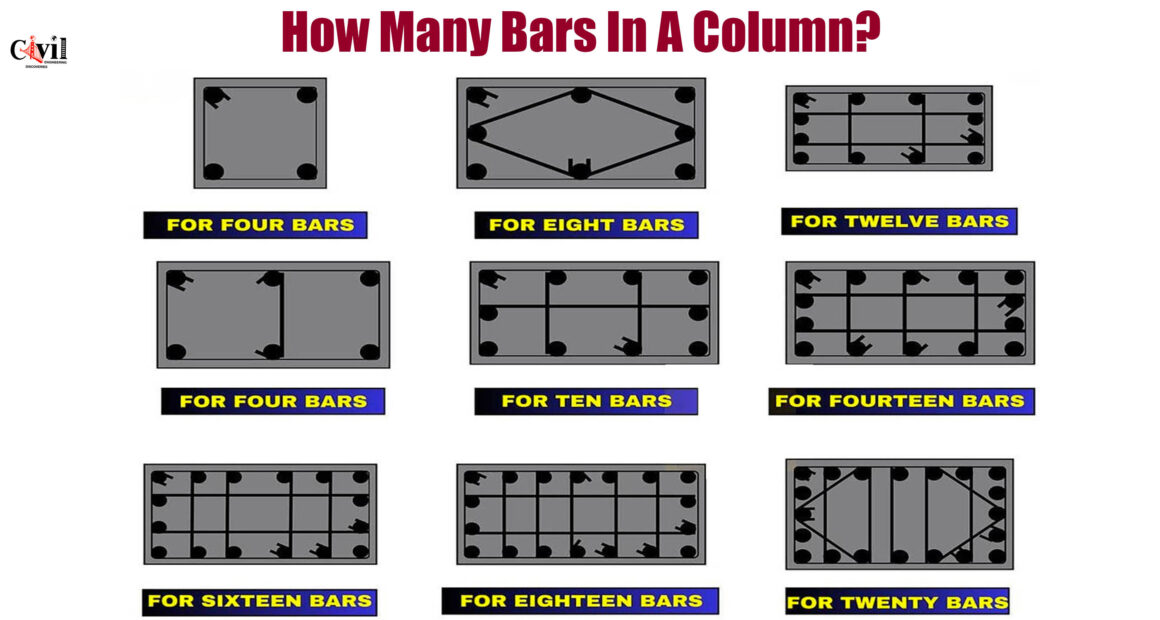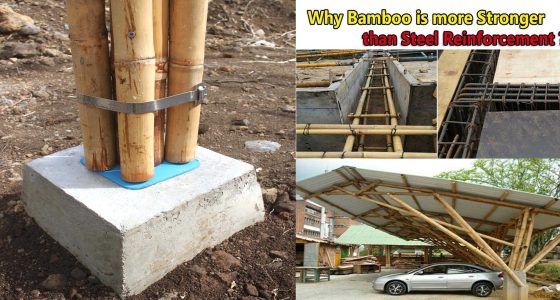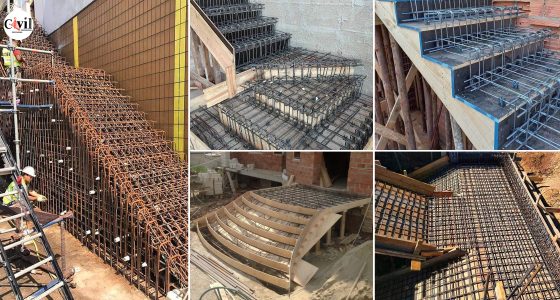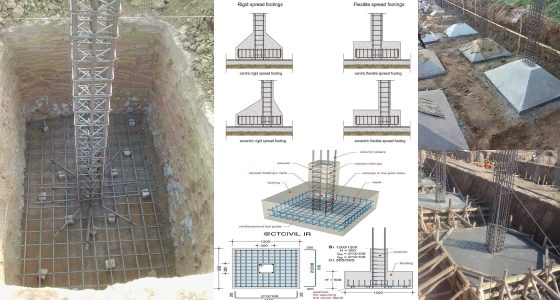Columns serve as the backbone of structural integrity in construction. To build them safely and effectively, we must follow standard codes. One such standard is IS 456:2000, which sets guidelines for reinforced concrete structures in India.
This code ensures columns can bear the loads they’re designed for. Following these guidelines helps engineers maintain safety, durability, and strength in every project.
Importance of Reinforcement Bars in Columns
Reinforcement bars, commonly called rebars, provide tensile strength to concrete columns. While concrete handles compression well, it lacks resistance to tension. Steel bars compensate for this weakness, helping columns stay strong under pressure.
The number of bars depends on the column’s size, shape, load requirements, and design specifications. Choosing the right number of bars is crucial. Too few, and the column fails. Too many, and it becomes uneconomical.
Minimum Number of Bars Required by IS 456:2000
As per IS 456:2000:
-
Minimum of 4 bars for rectangular and square columns
-
Minimum of 6 bars for circular columns
-
Bars must have at least 12 mm diameter
-
Spacing between bars should not exceed 300 mm
These rules prevent buckling and ensure load is distributed evenly.
Standard Column Reinforcement Options
Below are common configurations based on practical and design preferences:
Four Bars
Used for smaller rectangular or square columns. Suitable for light load structures like small houses or sheds. This is the minimum code requirement.
Eight Bars
Ideal for medium-sized columns. Offers better load handling than four-bar designs. Frequently used in multi-story residential buildings.
Ten Bars
Used in slightly heavier structures. Common in commercial buildings where load demands are higher.
Twelve Bars
A popular choice for multi-story buildings and large spans. Twelve bars distribute stress evenly, enhancing strength and stiffness.
Fourteen Bars
Used in columns bearing significant axial and lateral loads. Often implemented in high-rise or industrial construction projects.
Sixteen Bars
This configuration is best for columns with large cross-sections. It ensures durability under extreme load conditions and seismic zones.
Eighteen Bars
Designed for very heavy-duty columns. Suitable for bridges, towers, and other demanding structural needs.
Twenty Bars
Among the most reinforced column designs. Used in critical infrastructure projects like nuclear facilities, dams, and mega-structures.
Key Factors When Deciding the Number of Bars
Several important factors influence bar count:
-
Load Requirements
-
Column Height and Dimensions
-
Seismic Conditions
-
Architectural Design Constraints
-
Spacing and Clear Cover Requirements
Structural engineers use advanced tools to analyze and decide the most efficient and safe configuration.
Click Here To See How To Calculate The Cutting Length Of Chair Bar In Footings (Step-by-Step Guide)
























